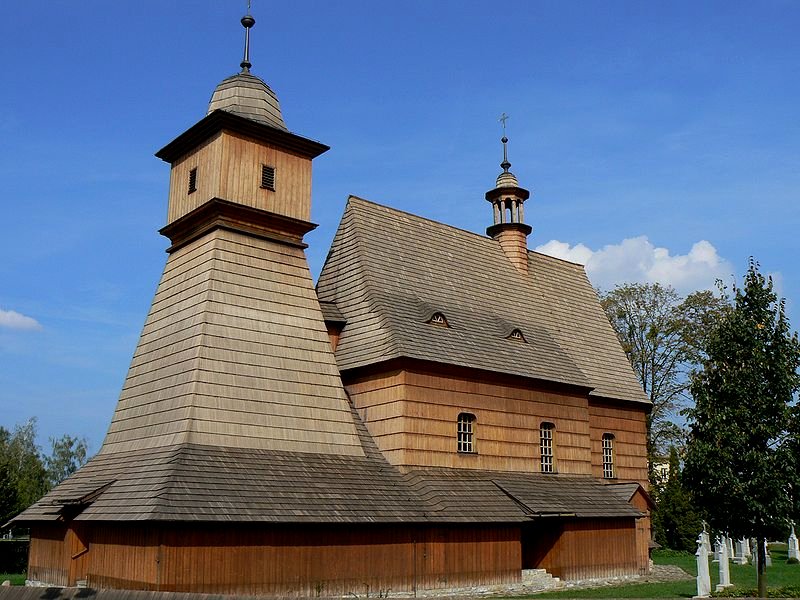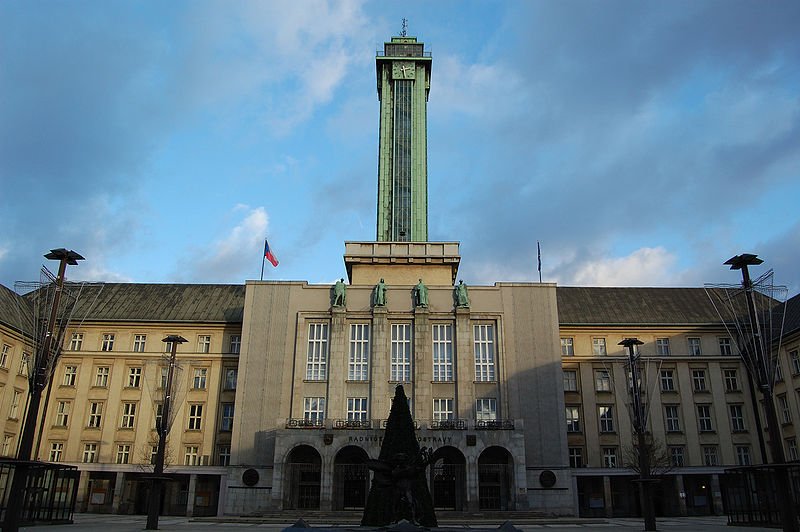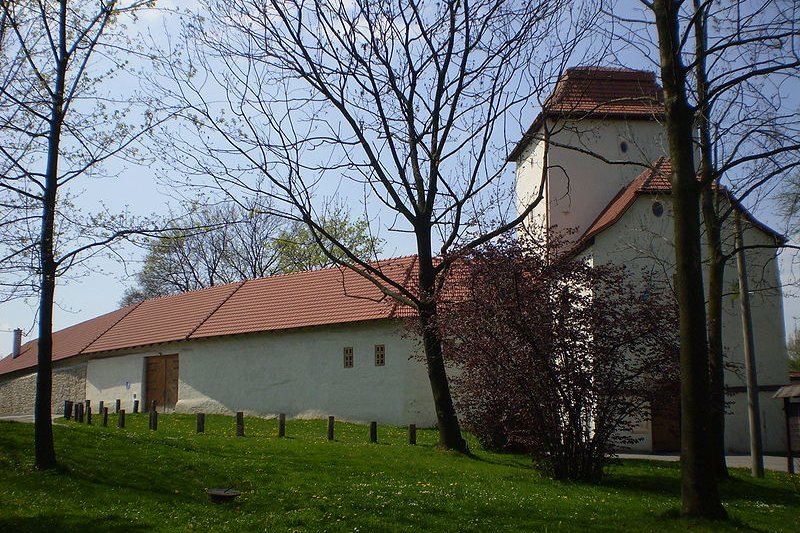
Ostrava, Czech Republic
 Go Back - HOME | Latest Czech Republic > Europe > World | YouTube : Facebook | About Me : Contact Me
Go Back - HOME | Latest Czech Republic > Europe > World | YouTube : Facebook | About Me : Contact Me Church of St Catherine, Ostrava-Hrabová
Church of St Catherine, Ostrava-HrabováSource: https://commons.wikimedia.org/wiki/File:OV-Hrabova.JPG
Author: Martin Pressen

Ostrava is the third biggest city in the Czech Republic. It is the main city of the Moravian-Silesian Region in the eastern part of the country, close to the border with Poland. Ostrava covers 214 sq km (83 sq mi) and has a population of 310,000 people (2011 estimate). It is located within the second most populous metropolitan area in the Czech Republic, having a population of 1.2 million people.
Ostrava is located at the confluence of four rivers namely the Ostravice, Oder, Lučina and Opava Rivers. It is 210 m (690 ft) above sea level. The city is 15 km (9.3 mi) from the Polish border and 55 km (34 mi) from the Slovak border.
The warmest month is Ostrava is July, when the average high temperature reaches 23.6°C (74.1°F). Coldest month is January, when it drops to -5.6°C (21.9°F). June receives the most rain, at 104.4 mm (4.11 in).
Human habitation in Ostrava goes back some 25,000 years, according to archaeological discoveries. Earliest settlements in the area appeared in the 13th century on either sides of the Ostravice river.
 New City Hall, Ostrava
New City Hall, OstravaSource: https://commons.wikimedia.org/wiki/File:New_City_Hall_Ostrava_Czech_republic_10.JPG
Author: Sveter

The discovery of large deposits of black coal in the 18th century helped propel the growth of Ostrava, leading to the construction of steel works and other industrial plants. Industrialization brought an increase in population. During the Second World War much of the industrial infrastructure was destroyed by bombings.
Ostrava continued to be an industrial city reliant on coal mining and ironworks right up to the Velvet revolution in 1989, which ushered in a new era of environmentally friendly industries coinciding with the closure of the ironworks and other polluting facilities. The area around Ostrava continues to be heavily polluted places in Europe.
 Silesian-Ostrava Castle
Silesian-Ostrava CastleSource: https://commons.wikimedia.org/wiki/File:Slezskoostravsk%C3%BD_hrad_5.JPG
Author: Podzemnik

Visiting Ostrava
You can take a train from Prague. There is an IC/EC train every two hours. The trip takes 3 hours and 45 minutes. There are also direct train services from Vienna, Bratislava, Žilina, Budapest, Kiev and Moscow.Places of Interest in Ostrava
- Gallery of Arts and Crafts (Galerie Výtvarmého Umění)
Gallery housed in a historic building on the main square. - Masarykovo náměstí
The main square of Ostrava, surrounded by some of its oldest buildings. - Mining Museum
Museum in the suburb of Petŕkovice where visitors can enter a former coal mine. - Stará radnice
Ostrava's town hall, built in the 17th century.
 Latest updates on Penang Travel Tips
Latest updates on Penang Travel Tips

Copyright © 2003-2025 Timothy Tye. All Rights Reserved.